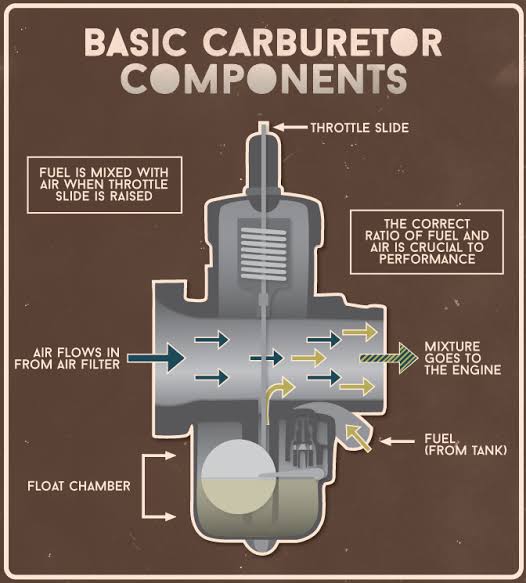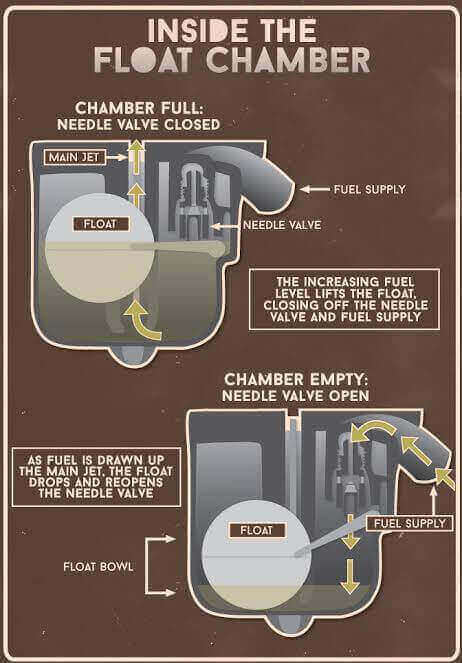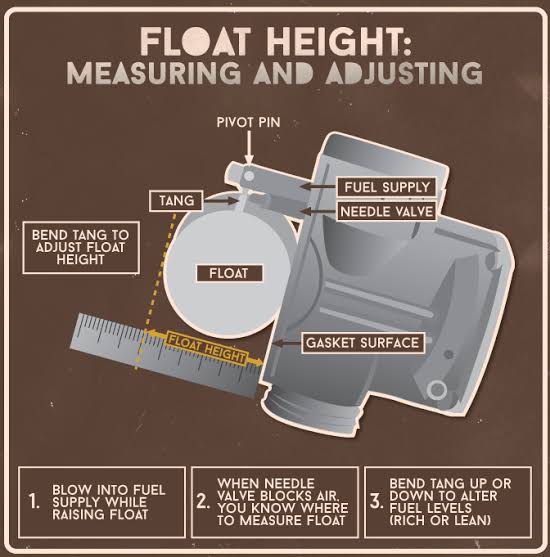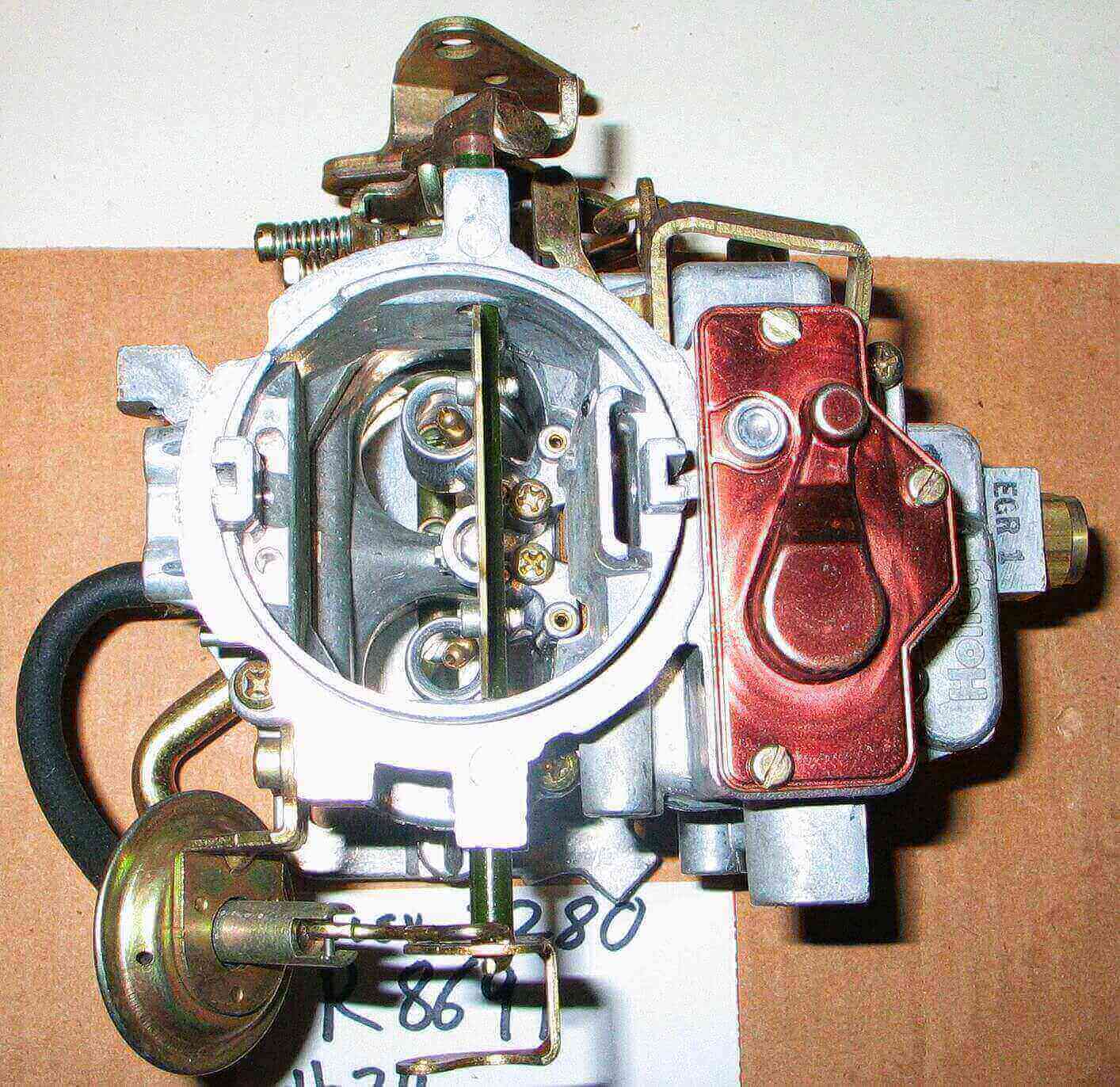Carburetors have been an integral part of motorcycle engines for many years, providing the necessary air-fuel mixture for combustion. While modern motorcycles often employ fuel injection systems, understanding carburetion remains essential for motorcycle enthusiasts and mechanics alike. In this comprehensive guide, we’ll delve into what carburetors are, how they work, and the advantages and flaws of carbureted motorcycles.
What Is a Carburetor?
A carburetor is a device that blends air and fuel in the correct proportion before delivering it to the engine for combustion. It plays a crucial role in the internal combustion process, ensuring the engine receives the right air-fuel mixture for efficient and reliable operation.

How Carburetors Work
1. Air Intake:
The process begins when you twist the throttle grip on your motorcycle. As you open the throttle, it increases the size of the carburetor’s throttle valve (also known as the butterfly valve) situated inside the carburetor throat. This action allows more air to flow into the engine.
2. Fuel Delivery:
As air flows through the carburetor, it passes through a narrow section known as the venturi. The venturi effect comes into play here. When air flows through a constriction (the venturi), its speed increases, and its pressure decreases. This drop in pressure creates a vacuum effect.
In response to the vacuum, a precisely metered amount of fuel is drawn from the carburetor’s float bowl into the venturi. The fuel is typically stored in the float bowl, which maintains a constant fuel level via a float and needle valve mechanism. This level ensures a consistent supply of fuel.
3. Mixing of Air and Fuel:
The fuel is atomized and mixed with the incoming air as they enter the engine’s intake manifold. This mixture of air and fuel is crucial for combustion. Carburetors are designed to provide a specific air-fuel mixture ratio, often referred to as the stoichiometric ratio, which is approximately 14.7 parts of air to 1 part of fuel by mass for gasoline engines under ideal conditions.
4. Mixture Adjustment:
To achieve the correct air-fuel mixture for different operating conditions, carburetors are equipped with adjustment screws or needles. These adjustments allow you to fine-tune the mixture based on factors like engine speed, load, and temperature. The three primary adjustment screws are:
- Idle Mixture Screw: This screw controls the air-fuel mixture at idle and low speeds.
- Main Jet: The main jet influences the mixture at higher speeds and throttle openings.
- Needle Jet and Needle: These components impact the mixture in the mid-range of the throttle. By adjusting these components, you can optimize the engine’s performance and fuel efficiency.

5. Atomization:
Effective atomization of fuel is a crucial aspect of carburetor operation. The carburetor’s design, including the shape of the venturi and the location of the jets, promotes the breakup of fuel into tiny droplets. Smaller droplets ensure a homogeneous mixture that readily vaporizes in the engine’s combustion chamber. Efficient atomization contributes to better combustion, power output, and fuel economy.
6. Choke:
Carbureted motorcycles often feature a choke mechanism. The choke restricts airflow to create a richer air-fuel mixture, aiding in cold starts. When you engage the choke, it reduces the amount of air entering the carburetor, making the mixture richer until the engine warms up.
7. Throttle Control:
The throttle grip on your motorcycle is directly linked to the throttle valve in the carburetor. By twisting the grip, you control the throttle valve’s position, which regulates the amount of air entering the engine. The more you open the throttle, the more air is allowed in, which in turn draws in more fuel from the carburetor.
Advantages of Carbureted Motorcycles
- Simplicity: Carburetors are mechanically simpler than modern fuel injection systems. They have fewer components and are easier to maintain and repair.
- Cost-Effective: Carbureted motorcycles are often more affordable, both in terms of initial purchase price and maintenance costs.
- Classic Appeal: Many riders appreciate the classic look and feel of carbureted motorcycles, as they often evoke a sense of nostalgia.
Flaws of Carbureted Motorcycles
- Fuel Efficiency: Carbureted motorcycles may not be as fuel-efficient as their fuel-injected counterparts. Fuel injection systems can precisely control the air-fuel mixture, optimizing efficiency.
- Emissions: Carbureted engines tend to produce higher emissions compared to fuel-injected engines. Meeting stringent emission standards can be challenging for older carbureted motorcycles.
- Altitude and Weather Sensitivity: Carbureted motorcycles may require adjustments when riding at different altitudes or in varying weather conditions. Fuel injection systems can adapt more effectively to these changes.
- Cold Starts: Cold starting a carbureted motorcycle can be trickier, as achieving the correct air-fuel mixture can take more time and effort in colder weather.
Maintenance and Tuning
To keep your carbureted motorcycle running smoothly, regular maintenance and tuning are essential. Here are some key tips:
- Cleanliness: Keep the carburetor and air filter clean to ensure proper airflow and fuel atomization.
- Idle Adjustment: Regularly check and adjust the idle speed to maintain a smooth and stable engine idle.
- Spark Plug Inspection: Monitor your spark plugs for signs of fouling or wear, as these can indicate carburetor adjustments may be necessary.
- Carburetor Synchronization: For multi-cylinder motorcycles, synchronize the carburetors to ensure even fuel distribution and consistent performance.
- Fuel Quality: Use high-quality fuel and consider periodic fuel system cleaning to prevent clogs and varnish buildup.

Understanding the intricacies of how carburetors work is essential for any motorcycle enthusiast and mechanic. Carburetion is not only a key component of internal combustion engines but also a fascinating blend of fluid dynamics, precision engineering, and mechanical simplicity. While modern motorcycles often employ fuel injection systems for precise control of the air-fuel mixture, carbureted bikes continue to evoke a sense of nostalgia and maintain a dedicated following in the motorcycle world. Whether you ride a classic carbureted cruiser or a state-of-the-art fuel-injected sportbike, appreciating the mechanics of carburation adds depth to your understanding and enjoyment of motorcycles.

